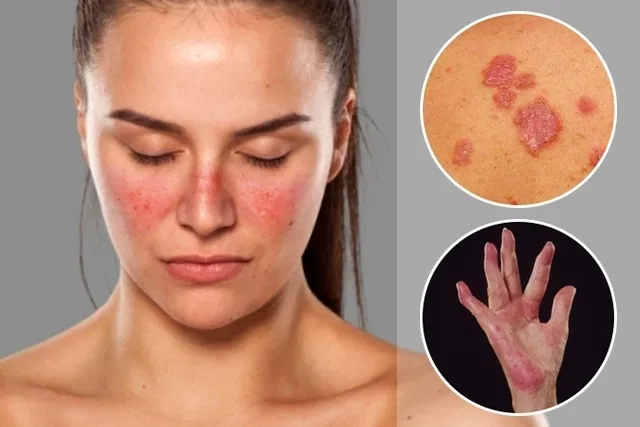Avoiding migraine headaches involves a combination of identifying and managing triggers, adopting healthy lifestyle habits, and sometimes using preventive medications. Here are some detailed strategies to help reduce the frequency and severity of migraine headaches:
Identify and Manage Triggers
- Keep a Migraine Diary:
- Track your migraines to identify patterns and potential triggers.
- Note details such as the time of day, food and drink consumed, weather conditions, sleep patterns, and stress levels.
- Common Triggers:
- Foods: Aged cheeses, processed meats, chocolate, caffeine, alcohol (especially red wine), and foods containing MSG or aspartame.
- Environmental Factors: Bright or flickering lights, loud noises, strong smells, and changes in weather.
- Stress: Both physical and emotional stress can trigger migraines.
Adopt Healthy Lifestyle Habits
- Regular Sleep Schedule:
- Maintain a consistent sleep routine, even on weekends.
- Aim for 7-8 hours of sleep per night.
- Healthy Diet:
- Eat regular, balanced meals and avoid skipping meals.
- Stay hydrated by drinking plenty of water throughout the day.
- Regular Exercise:
- Engage in moderate, regular physical activity like walking, swimming, or yoga.
- Avoid intense exercise that may trigger migraines.
- Stress Management:
- Practice relaxation techniques such as deep breathing, meditation, or progressive muscle relaxation.
- Consider activities like yoga or tai chi to reduce stress.
Preventive Measures
- Medications:
- Preventive Medications: As prescribed by your doctor, such as beta-blockers, anticonvulsants, antidepressants, or CGRP inhibitors.
- Botox Injections: For chronic migraine sufferers, Botox injections every 12 weeks may help.
- Regular Medical Check-Ups:
- Regularly consult with your healthcare provider to review and adjust your migraine management plan.
- Supplements:
- Consider supplements like magnesium, riboflavin (vitamin B2), and Coenzyme Q10, which some studies suggest may help prevent migraines.
- Herbal remedies such as feverfew and butterbur, but only under medical supervision due to potential side effects.
Environmental and Behavioral Adjustments
- Work Environment:
- Adjust lighting to reduce glare and avoid fluorescent lights if possible.
- Take regular breaks if working on a computer for extended periods.
- Avoid Triggers:
- Limit exposure to known triggers such as strong perfumes, cigarette smoke, and other irritants.
- Manage sensory input by wearing sunglasses in bright light and using earplugs in noisy environments.
- Regular Meals:
- Avoid fasting and eat balanced meals to maintain stable blood sugar levels.
Alternative Therapies
- Acupuncture:
- Some individuals find relief from migraines through acupuncture treatments.
- Biofeedback:
- This technique involves using electronic devices to teach you how to control certain body functions, such as muscle tension and heart rate, which can help reduce migraines.
- Cognitive Behavioral Therapy (CBT):
- CBT can help manage stress and reduce the frequency of migraines.
Conclusion
Preventing migraines involves a combination of lifestyle changes, identifying and managing triggers, and, in some cases, medication. It’s important to work closely with a healthcare provider to develop a personalized plan that works best for you. Regular monitoring and adjustments can help you find the most effective strategies for reducing the frequency and severity of migraine attacks.
For further inquiries please message or call
Rose at 0933-852-6044.
Visit. B.Mendoza St., Sto.Rosario, City of San Fernando, Pampanga



